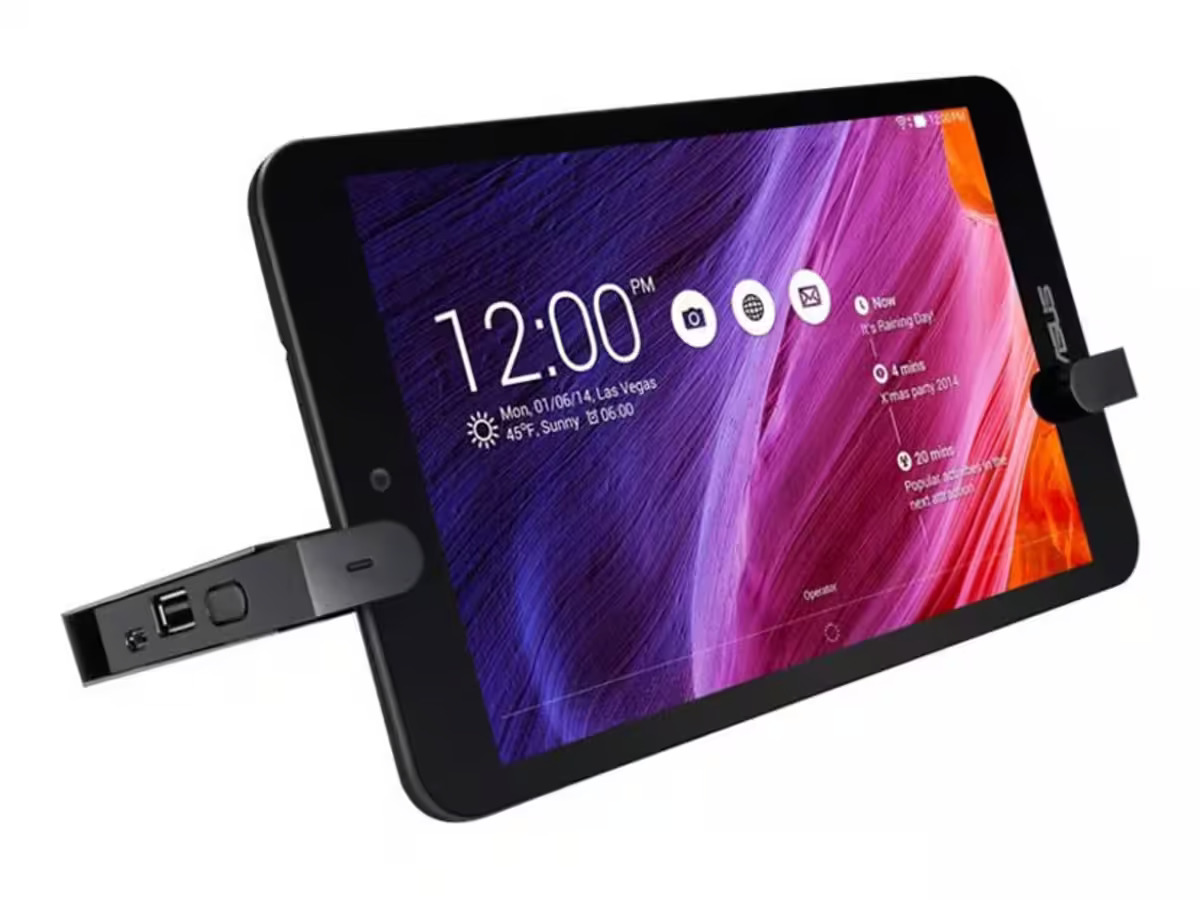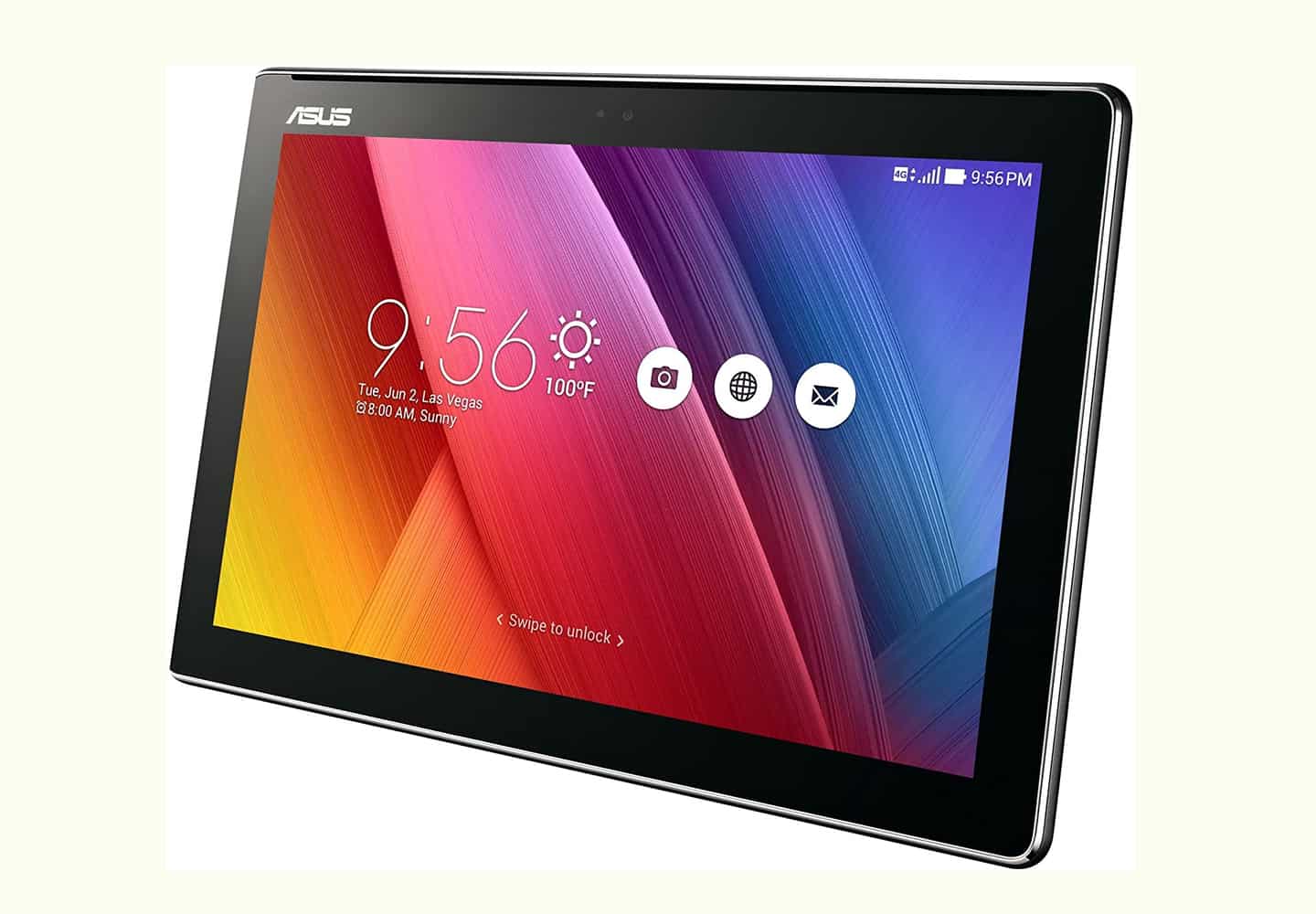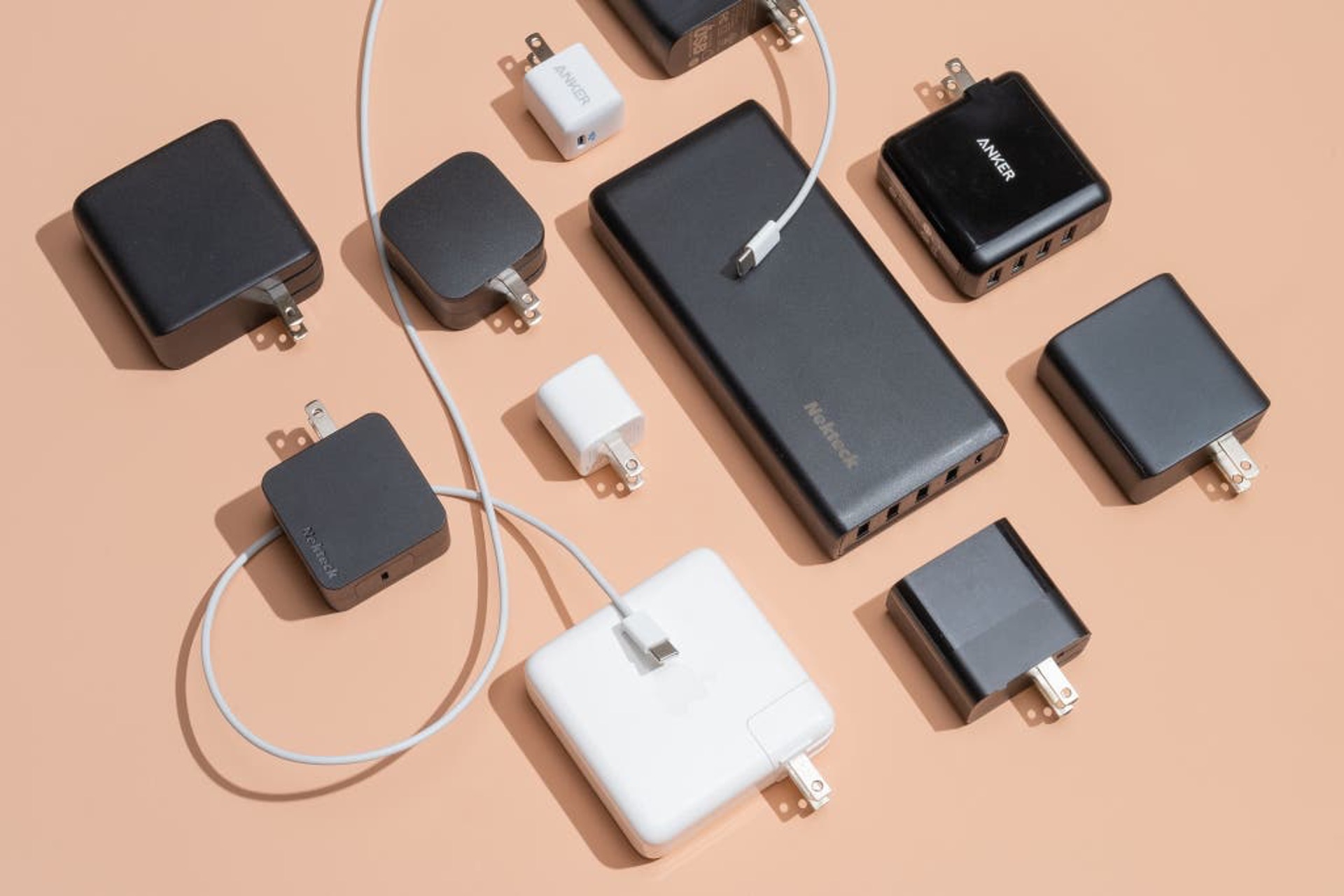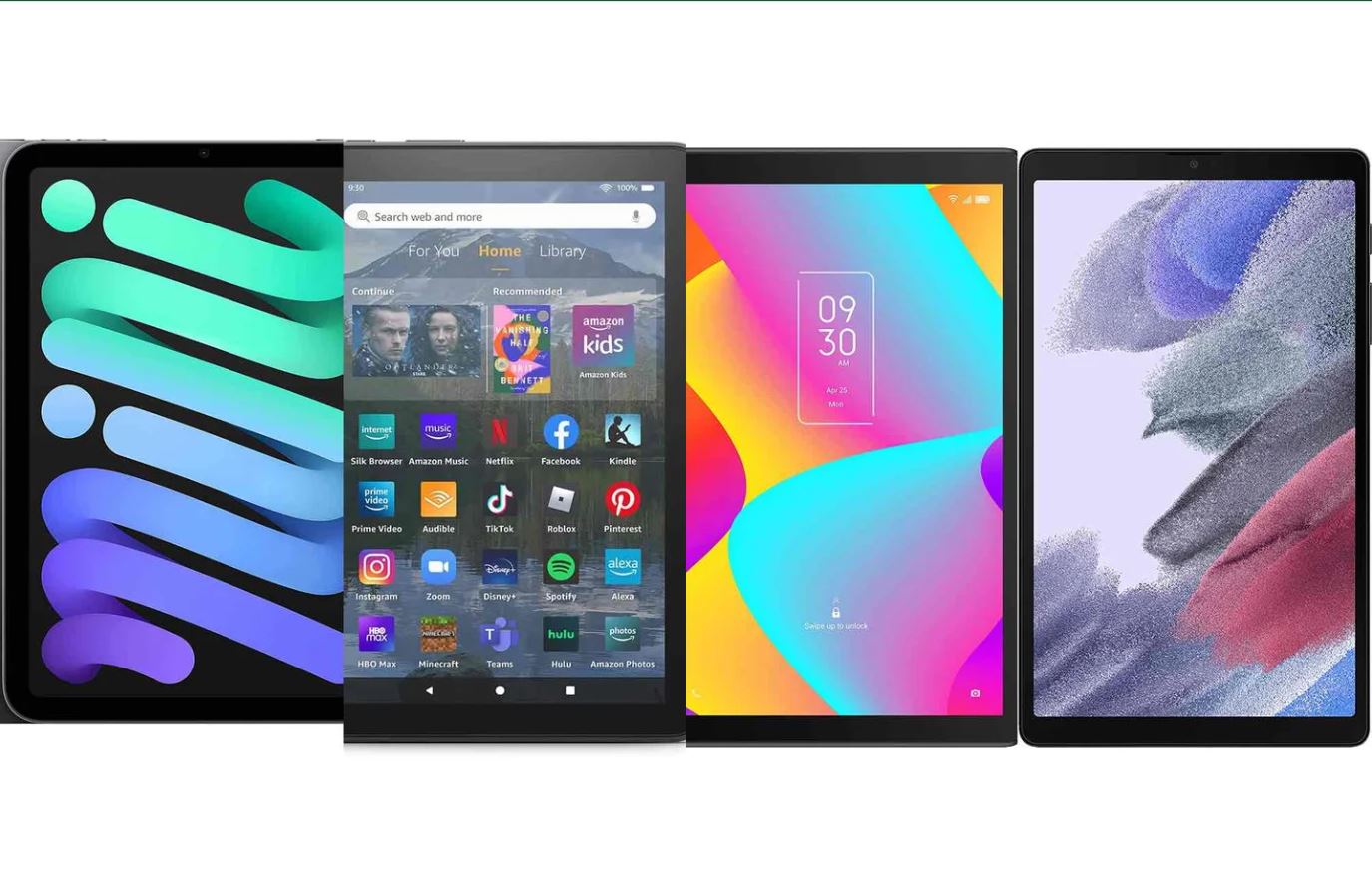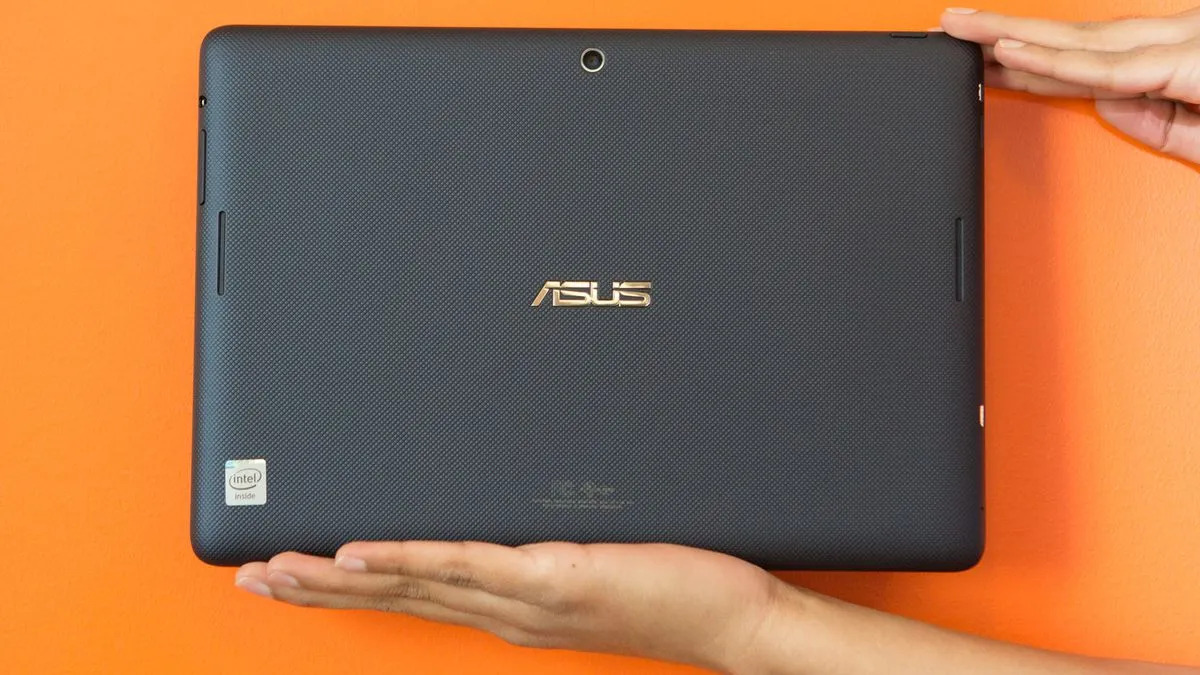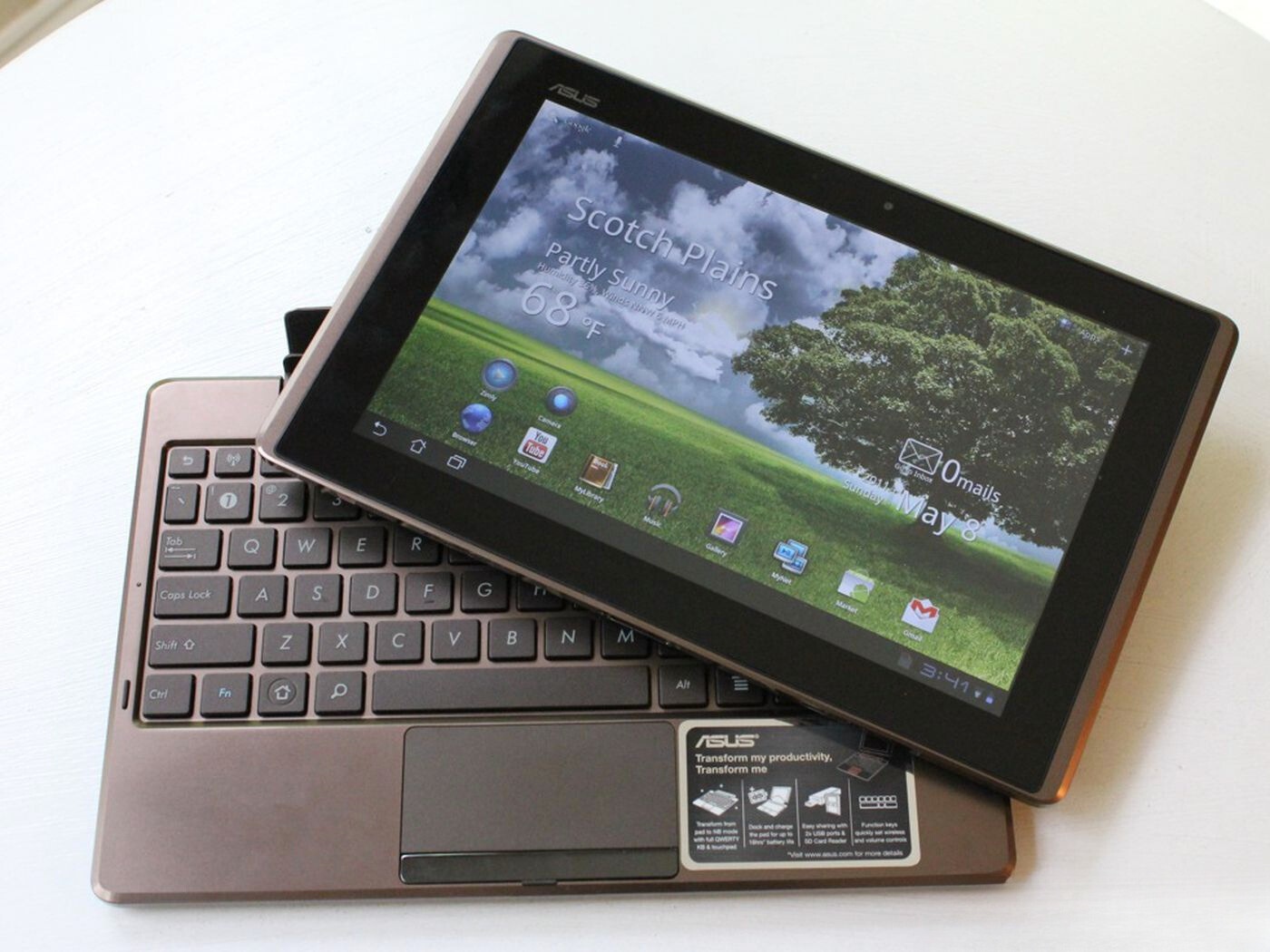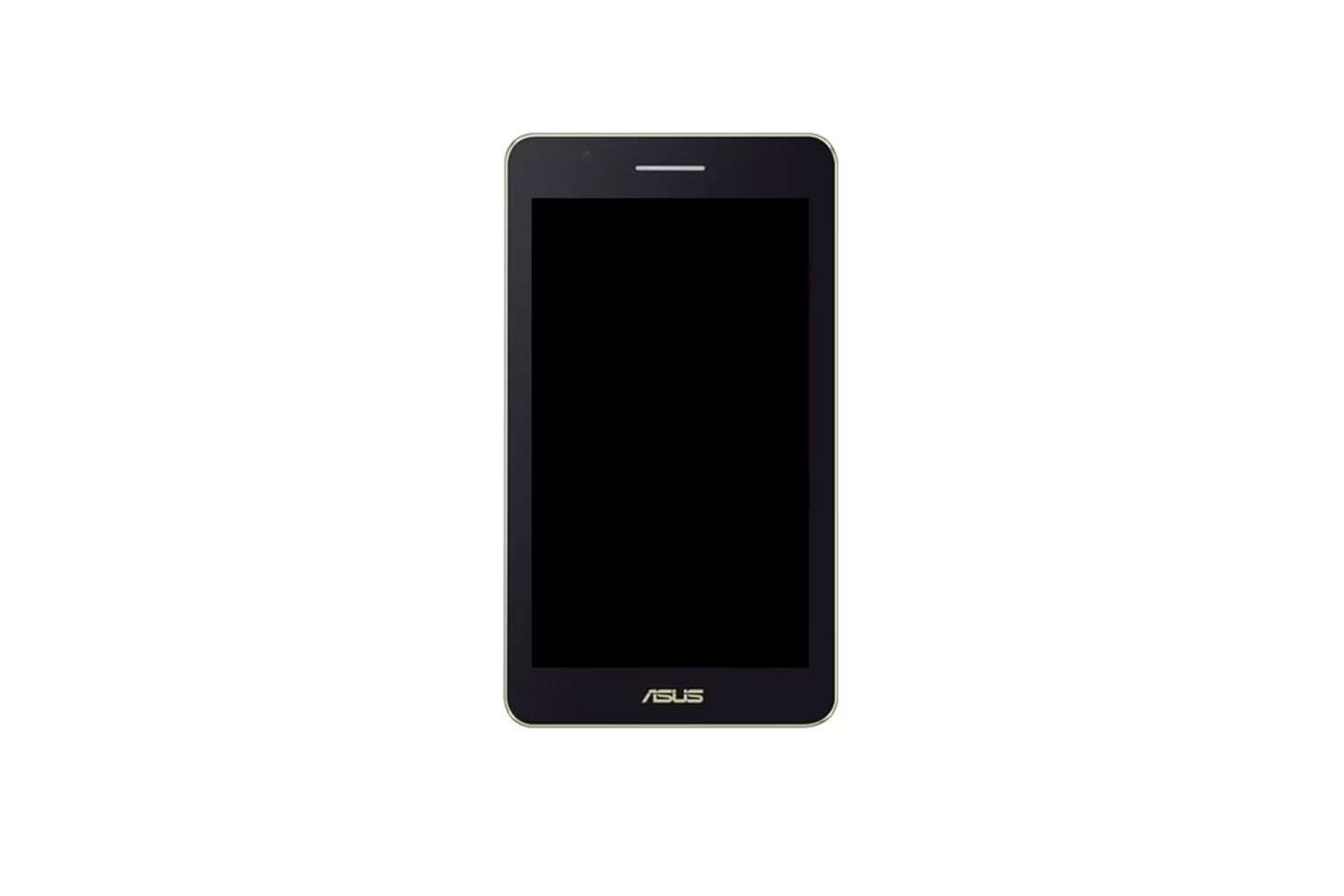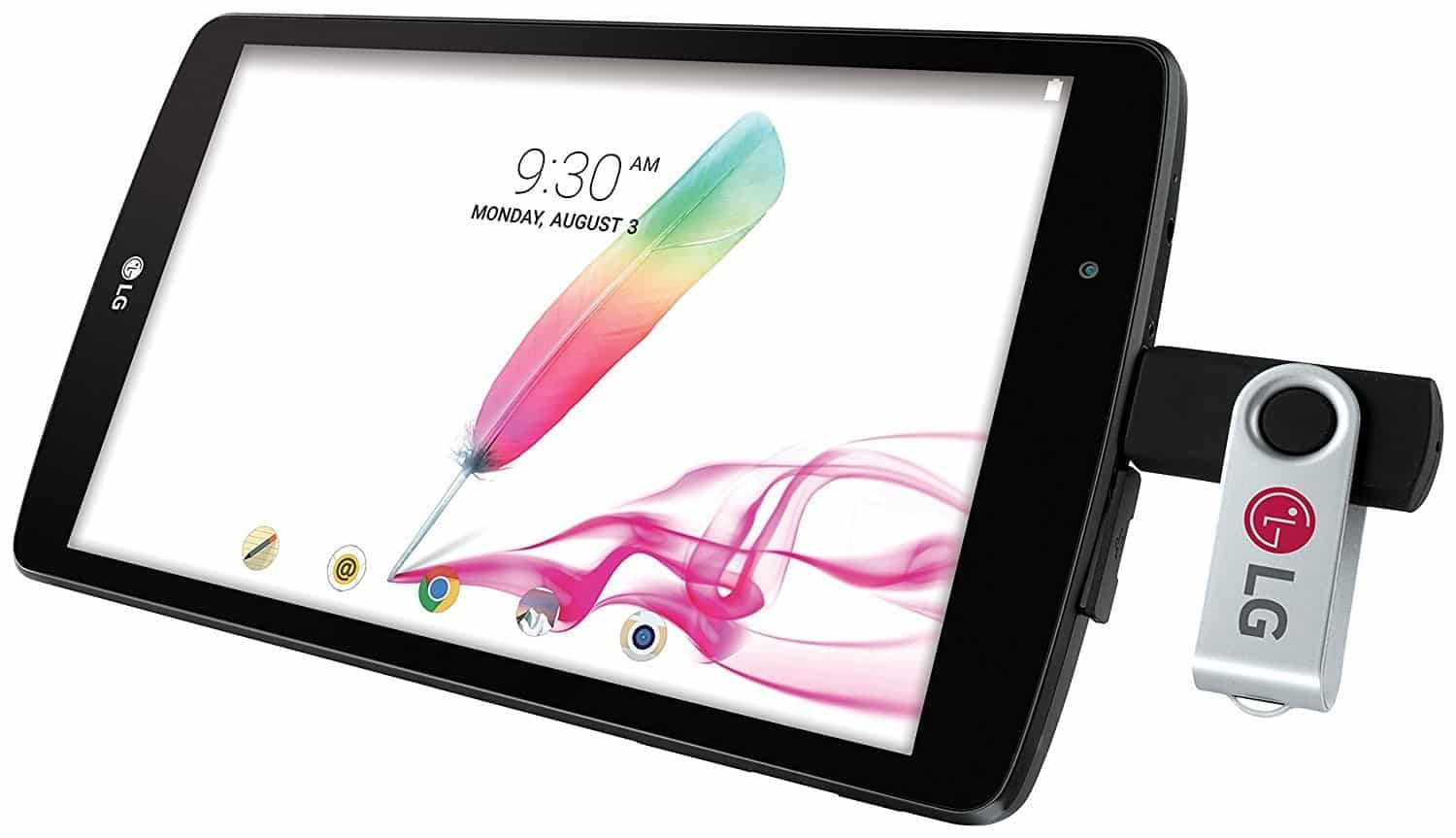Is my Asus tablet charging?
When you plug in your Asus tablet for charging, it’s important to know if it’s actually receiving power. There are a few ways to check if your tablet is charging, and we’ll walk you through the steps to determine its charging status.
First, make sure you have securely connected the charger to both your tablet and a power source. Look for the charging icon on your tablet’s screen, which typically appears as a battery with a lightning bolt or a small battery indicator with a plug symbol. When your tablet is charging, this icon will indicate the battery level increasing.
Another way to check if your Asus tablet is charging is to observe the LED indicators, if your tablet has them. These indicators are usually located near the power button or on the charging port. When your tablet is plugged in and charging, the LED light may change color or turn on to indicate the charging process. Consult your tablet’s manual or manufacturer’s website to learn more about the specific LED indicators for your model.
If your tablet has a “Battery” option in the settings menu, you can also check the “Battery” section to see the current charging status. Navigate to the settings menu, locate the “Battery” option, and check if it displays the battery level increasing or a message indicating that the tablet is charging.
Finally, some Asus tablet models include a “Battery” app or widget that provides detailed information about the battery status. Open the “Battery” app or add the widget to your home screen, and it should display the current charging status, estimated time to full charge, and other battery-related information.
Remember that the charging time may vary depending on various factors such as the charger’s output power, battery capacity, and usage during charging. If you’re unsure whether your Asus tablet is charging, leave it connected to the charger for a sufficient amount of time and observe any changes in the battery level or charging indicators.
Having a clear understanding of whether your Asus tablet is charging or not is crucial for ensuring you have a fully powered device ready for use. By following these simple steps and paying attention to the charging indicators, you can easily confirm if your tablet is receiving power and take appropriate action if it’s not.
How to check if my Asus tablet is charging
Checking whether your Asus tablet is charging involves a few simple steps. By following this step-by-step guide, you’ll be able to determine if your tablet is receiving power and actively charging.
- Connect the charger: Start by plugging in the charger into your Asus tablet’s charging port. Ensure it is securely connected.
- Observe the charging icon: On the tablet’s screen, look for a charging icon. This is typically represented by a battery with a lightning bolt or a battery indicator with a plug symbol. When your tablet is charging, this icon will indicate the battery level increasing.
- Check LED indicators: If your Asus tablet has LED indicators, look for any changes in color or the LED light turning on. These indicators are usually located near the power button or charging port and can provide visual confirmation of the charging process.
- Access the settings menu: Some Asus tablet models allow you to check the charging status in the settings menu. Navigate to the settings menu and locate the “Battery” section. Look for the battery level increasing or a message indicating that the tablet is charging.
- Utilize battery apps or widgets: If your Asus tablet has a dedicated “Battery” app or widget, open it or add it to your home screen. These apps often provide detailed battery information, including the current charging status and estimated time to full charge.
It’s important to note that charging times may vary based on factors such as charger output power, battery capacity, and usage during charging. If you are unsure whether your Asus tablet is charging, leave it connected to the charger for a sufficient amount of time and monitor any changes in the battery level or charging indicators.
By following these steps, you can easily determine if your Asus tablet is actively receiving power and charging. This knowledge will ensure that you have a fully functional tablet ready for use whenever you need it.
Step-by-step guide to know if your Asus tablet is charging
Knowing whether your Asus tablet is charging or not is essential for ensuring that it stays powered up and ready for use. Follow this simple step-by-step guide to easily determine if your tablet is receiving power and actively charging.
- Connect the charger: Begin by plugging your Asus tablet’s charger into a power outlet. Ensure the charger is securely connected to both the tablet and the power source.
- Check for charging indicators: Look for visual cues on your tablet that indicate it is receiving power. Many Asus tablets display a charging icon on the screen when connected to a charger. This icon often appears as a battery with a lightning bolt or a battery indicator with a plug symbol. When your tablet is charging, the battery icon will typically show that the battery level is increasing.
- Observe the LED lights: If your Asus tablet includes LED indicators, observe them for any changes. The LED lights are usually located near the power button or charging port. They may change color or turn on when your tablet is charging, providing a clear indication of the charging process.
- Access the settings menu: Some Asus tablets offer a “Battery” section in the settings menu. Navigate to the settings menu and look for the battery status. It should show that the tablet is charging and display the current battery level.
- Use battery apps or widgets: If your Asus tablet has a dedicated “Battery” app or widget, open it or add it to your home screen. These apps provide detailed information about the battery, including the charging status, estimated time to full charge, and other relevant statistics.
It’s important to note that charging times may vary depending on factors such as the charger’s output power, battery capacity, and usage during charging. If you’re unsure whether your Asus tablet is charging, leave it connected to the charger for a sufficient amount of time and monitor any changes in the battery level or charging indicators.
By following these simple steps, you can easily determine if your Asus tablet is receiving power and actively charging. This knowledge allows you to make informed decisions about using your tablet and ensure it remains powered up for your needs.
Signs that indicate your Asus tablet is charging
When you connect your Asus tablet to a power source for charging, there are certain signs and indicators that confirm it is receiving power and actively charging. By being aware of these signs, you can easily determine the charging status of your tablet. Here are some key signs that indicate your Asus tablet is charging:
- Charging icon: One of the most common signs is the presence of a charging icon on your tablet’s screen. Usually represented by a battery with a lightning bolt or a battery indicator with a plug symbol, this icon indicates that your tablet is connected to a charger and the battery level is increasing.
- LED indicators: If your Asus tablet has LED indicators, they can provide visual confirmation of the charging process. These indicators are usually located near the power button or charging port. When your tablet is charging, the LED lights may change color, turn on, or blink to indicate the charging status.
- Battery level increase: While your tablet is connected to the charger, monitor the battery level in the device settings or status bar. If you notice the battery level gradually increasing over time, it is a clear indication that your tablet is actively charging.
- Charging sound or vibration: Some Asus tablets emit a charging sound or have a slight vibration when plugged in and charging. This audio or haptic feedback serves as an additional sign that your tablet is receiving power.
- Temperature increase: When charging, your tablet may experience a slight temperature increase due to the charging process. However, if the device becomes excessively hot, it may indicate a charging problem or an issue with the charger or battery.
It’s important to note that these signs may vary depending on the specific model and firmware of your Asus tablet. Therefore, it’s advisable to consult the user manual or visit the manufacturer’s website for detailed information on the charging indicators specific to your tablet.
By paying attention to these signs, you can easily determine if your Asus tablet is receiving power and actively charging. This knowledge ensures that you can confidently rely on your tablet’s battery backup for your daily needs.
Common issues that may prevent your Asus tablet from charging
While charging your Asus tablet is usually a straightforward process, there are certain common issues that can prevent it from charging properly. It’s important to be aware of these potential issues so that you can troubleshoot and resolve them effectively. Here are some common issues that may prevent your Asus tablet from charging:
- Loose or damaged charging cable: If your tablet is not charging, check the charging cable and ensure it is securely connected to both the tablet and the power source. A loose or damaged cable can interrupt the charging process. Try using a different charging cable to see if that resolves the issue.
- Faulty power adapter: The power adapter or charger itself could be faulty and not providing sufficient power to charge the tablet. Test the charger with another device or try using a different charger to determine if the problem lies with the charger. Ensure that you are using the original or a compatible charger recommended for your specific tablet model.
- Dirty charging port: Over time, dust, lint, or debris can accumulate in the charging port of your tablet, obstructing the connection between the charger and the tablet. Inspect the charging port and use compressed air or a soft brush to clean out any obstructions carefully.
- Battery issues: If your tablet’s battery is old or faulty, it may not hold a charge properly or charge at all. Consider getting the battery replaced by a professional or authorized service center if you suspect battery-related issues.
- Software glitches or crashes: Occasionally, software glitches or crashes can affect the charging capability of your tablet. Restart your tablet or perform a soft reset to resolve potential software issues. If problems persist, consider performing a factory reset after backing up your data.
- Overheating: Excessive heat can affect the charging process and may cause your tablet to stop charging. If your tablet feels unusually hot while charging, disconnect it from the charger and allow it to cool down before resuming the charging process.
If you have tried troubleshooting these common issues and your Asus tablet still won’t charge, it’s advisable to seek assistance from the manufacturer’s customer support or consult a professional technician for further diagnosis and repair.
By being aware of these common issues, you can take necessary steps to resolve charging problems and ensure that your Asus tablet charges properly, providing you with the power and functionality you need.
Troubleshooting tips to fix charging problems on your Asus tablet
Encountering charging problems with your Asus tablet can be frustrating, but there are several troubleshooting steps you can take to try and resolve the issue. Before seeking professional help or considering a repair, try these troubleshooting tips to fix charging problems on your Asus tablet:
- Check the charging cable: Ensure that the charging cable is not damaged or frayed. Try using a different cable to rule out any issues with the cable itself.
- Inspect the charging port: Examine the charging port on your tablet to see if there is any debris, dirt, or lint that may be obstructing the connection. Clean the port gently using compressed air or a soft brush.
- Restart your tablet: Perform a restart or soft reset of your tablet. This can help resolve any temporary software glitches that may be affecting the charging process.
- Check the power source: Test different power outlets to ensure that the issue is not with the power source. Plug your charger into a different outlet or use a different charger to see if that makes a difference.
- Opt for a different charging method: If you are using a wall charger, try charging your tablet using a USB connection to your computer or a power bank to see if it charges successfully.
- Try a hard reset: If the soft reset did not resolve the issue, you can try performing a hard reset. This will erase all data on your tablet, so make sure to back up your important files before attempting a hard reset.
- Update your tablet’s software: Check for any available software updates for your Asus tablet. Updating to the latest software version can help address any known issues and improve overall system performance.
- Seek professional assistance: If all else fails and your tablet still won’t charge, it may be time to seek professional help. Contact the manufacturer’s customer support or visit an authorized service center for further assistance and potential repair.
Remember to proceed with caution when attempting these troubleshooting steps, and if you are unsure, it’s always best to consult the manufacturer’s support or a professional technician for guidance.
By following these troubleshooting tips, you can increase the chances of resolving charging problems on your Asus tablet and get it back to charging properly, ensuring that you have a fully powered device ready for use.
What to do if your Asus tablet is not charging properly
If your Asus tablet is not charging properly, there are a few steps you can take to troubleshoot and potentially resolve the issue. Follow these recommendations to address charging problems with your tablet:
- Check the charger and cable: Ensure that you are using the original or a compatible charger for your tablet. Check the charger and cable for any damage or fraying. Consider trying a different charger or cable to rule out any issues with the charging accessories.
- Clean the charging port: Inspect the charging port on your tablet for any debris, dust, or lint that may be obstructing the connection. Use a soft brush or compressed air to gently clean the port.
- Restart your tablet: Perform a restart or soft reset of your tablet. This can help resolve minor software glitches that may be affecting the charging process. Press and hold the power button until the device restarts.
- Check for software updates: Ensure that your tablet’s software is up to date. Check for any available system updates and install them. Updating the software can often resolve battery or charging-related issues.
- Perform a hard reset: If the soft reset did not fix the problem, try performing a hard reset. Keep in mind that a hard reset will erase all data on your tablet, so make sure to back up your important files beforehand. Consult your tablet’s manual or the manufacturer’s website for instructions on how to perform a hard reset.
- Inspect the battery: If you suspect a battery issue, consult a professional or authorized service center. They can run diagnostics on the battery and determine if it needs to be replaced.
- Charge in safe mode: Boot your tablet into safe mode to rule out any potential software conflicts or third-party apps interfering with the charging process. If your tablet charges properly in safe mode, it indicates that a third-party app may be causing the issue.
- Visit an authorized service center: If none of the above steps resolve the charging problem, it’s recommended to seek assistance from the manufacturer’s customer support or visit an authorized service center. They can provide further diagnostics and potential repairs if necessary.
Always exercise caution when troubleshooting charging issues with your Asus tablet. If you are unsure or uncomfortable with any of the steps, consult the manufacturer’s support or a professional technician for guidance.
By following these steps, you can increase the chances of resolving charging problems on your Asus tablet and get it back to functioning properly, ensuring that you have a fully charged device ready for use.
How to ensure proper charging for your Asus tablet
Ensuring proper charging for your Asus tablet is essential for maintaining its battery health and maximizing its performance. Follow these tips to ensure that your tablet charges properly:
- Use the original charger: Always use the charger that came with your Asus tablet or a compatible charger recommended by the manufacturer. Using third-party chargers may not provide the correct power output for your tablet, which can affect the charging process.
- Check the charger’s output: Make sure that the charger has the appropriate voltage and amperage output for your tablet. Refer to your tablet’s manual or the manufacturer’s website for the recommended charging specifications.
- Avoid charging through USB ports: While it may be convenient to charge your tablet through USB ports on other devices, such as laptops or power banks, it may not provide sufficient power for optimal charging. For the best charging results, use a dedicated wall charger.
- Charge in a well-ventilated area: When charging your tablet, ensure that the area is well-ventilated and free from obstructions. Excessive heat can affect the charging process and may cause damage to the battery. Avoid charging your tablet in direct sunlight or on surfaces that can retain heat.
- Do not overcharge: Avoid leaving your tablet connected to the charger for an extended period after it reaches 100% charge. Overcharging can lead to excessive heat generation and battery wear. Disconnect your tablet from the charger once it reaches full charge.
- Avoid extreme temperatures: Extreme temperatures, both hot and cold, can impact the charging process and battery performance. Keep your tablet within the recommended temperature range outlined in the user manual.
- Take care of the charging port: Keep the charging port clean and free from dust or debris. Use compressed air or a soft brush to remove any particles that may obstruct the connection between the charger and the tablet.
- Monitor charging behavior: Pay attention to any unusual behavior during the charging process. If you notice the tablet becoming excessively hot, taking an unusually long time to charge, or the battery level decreasing rapidly, it may indicate a problem. In such cases, seek assistance from the manufacturer’s support or a professional technician.
- Regularly update software: Keeping your tablet’s software up to date ensures optimal performance and can address any known issues related to charging or battery management. Regularly check for software updates and install them accordingly.
- Prolonged non-use considerations: If you plan on not using your Asus tablet for an extended period, it’s recommended to store it with a battery charge level between 40-60%. This range helps prevent over-discharging or overcharging during storage.
By following these guidelines, you can ensure proper charging for your Asus tablet, prolong its battery life, and maintain its overall performance. Taking care of your tablet’s battery is crucial for reliable usage and seamless functionality whenever you need it.
Tips to prolong the battery life of your Asus tablet
Prolonging the battery life of your Asus tablet is important for ensuring optimal performance and maximizing the time between charges. By following these tips, you can help extend the lifespan of your tablet’s battery:
- Adjust screen brightness: Lowering the screen brightness of your tablet can significantly reduce battery consumption. Set the brightness to a level that is comfortable for your viewing needs while conserving battery power.
- Enable power-saving mode: Most Asus tablets offer a power-saving mode that helps minimize battery usage. Enable this feature to optimize power management and extend battery life, especially when you don’t require maximum performance.
- Disable unused connectivity features: Turn off Wi-Fi, Bluetooth, and GPS when not in use. These connectivity features continuously drain the battery by searching for networks or maintaining connections.
- Manage app notifications: Limit unnecessary app notifications to prevent your tablet’s screen from frequently waking up, which can drain the battery. Configure notification settings to prioritize only the most essential apps.
- Close unused apps: Close any background apps that you’re not actively using. Background apps can consume power by running processes and updating data. Utilize the recent apps menu to close apps efficiently.
- Reduce auto-sync frequency: Auto-syncing constantly retrieves data from various accounts and services, which can drain the battery. Adjust the auto-sync settings to sync less frequently or manually sync when needed.
- Use battery optimization settings: Asus tablets often come with built-in battery optimization settings. Explore these settings and enable battery optimization for apps that consume high levels of power.
- Avoid extreme temperatures: Exposure to extreme temperatures can adversely affect the battery life of your tablet. Avoid leaving your tablet in direct sunlight or in extremely cold environments.
- Optimize app usage: Some apps may consume a significant amount of power even when not in use. Identify such apps through the battery usage settings and consider uninstalling or replacing them with more efficient alternatives.
- Keep your tablet updated: Regularly update your tablet’s software to ensure optimal performance and battery management. Software updates often include bug fixes and improvements that can help conserve battery power.
By implementing these tips, you can effectively prolong the battery life of your Asus tablet and enjoy extended usage between charges. Remember that battery life can vary depending on individual usage patterns and settings, so adjusting these tips to fit your specific needs may further optimize your tablet’s battery performance.
Conclusion
Ensuring that your Asus tablet is charging properly is crucial for uninterrupted usage and maximum performance. By following the steps outlined in this guide, you can easily determine if your tablet is charging and troubleshoot any issues that may arise.
First, check for the charging icon on your tablet’s screen or observe any LED indicators that may indicate the charging status. Access the settings menu or use battery apps to gather more information about the charging process. Additionally, be aware of signs that indicate your Asus tablet is charging, such as battery level increase or charging-related sounds or vibrations.
If you encounter any common issues that prevent your Asus tablet from charging, try troubleshooting tips such as checking the charging cable and port, restarting the tablet, or updating the software. In case these steps don’t resolve the problem, it’s recommended to seek professional assistance from the manufacturer’s customer support or authorized service centers.
To ensure proper charging for your Asus tablet, use the original charger, maintain a well-ventilated charging area, and avoid overcharging or extreme temperatures. Furthermore, prolong your tablet’s battery life by adjusting screen brightness, enabling power-saving modes, and optimizing app usage.
By following these guidelines and implementing the tips provided, you can charge your Asus tablet with confidence, prolong its battery life, and enjoy uninterrupted usage whenever you need it.







